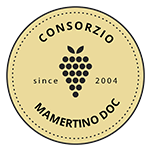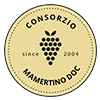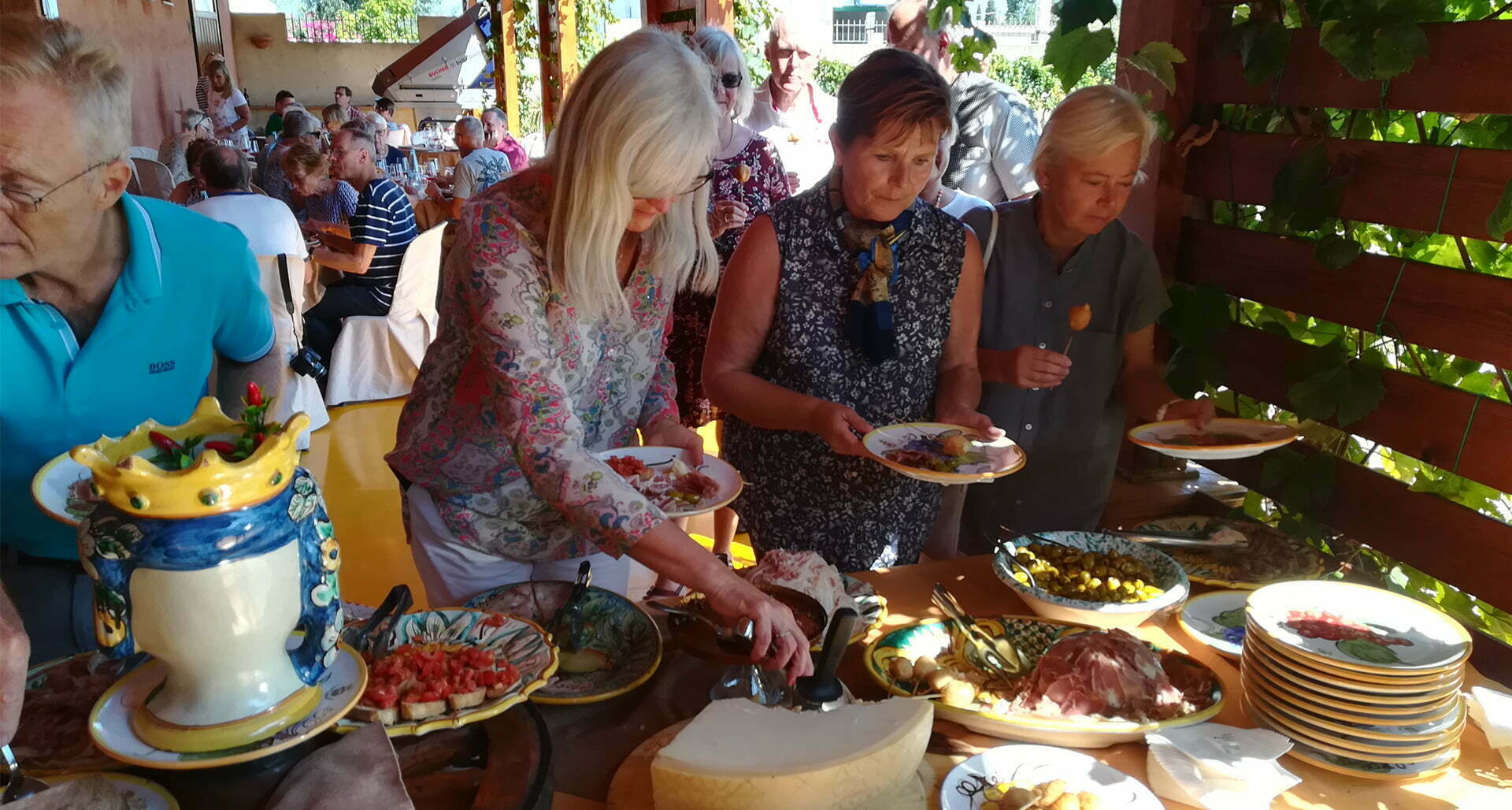A long tradition of food-wine combinations that give life to a truly unique eclecticism of flavors and aromas. A cuisine of the sea and land lives through the dishes of the past, enhanced to perfection by the typical wine products of the area
Braciolettine, Balìce, fish stocco ‘a ghiotta (preserved in salt) but also the belly of the stock fish that is eaten on Christmas Eve – the Mamertino cuisine tells of a unique territory, of fish and meat that go together perfectly with the traditional wines. A simple cuisine, the result of palpable testimonies handed down over the centuries from generation to generation. Balìce is certainly one of the most characteristic dishes: tuna eggs dried in the ancient tuna-fishing grounds (there were over ten just in Milazzo) paired with a white Mamertino. Then there is the very famous braciolettine, very thin, small slices of stuffed beef, rolled and skewered on long wooden sticks combined with the classic Mamertino Rosso.

A long tradition of food-wine combinations that give life to a truly unique eclecticism of flavors and aromas. A cuisine of the sea and land lives through the dishes of the past, enhanced to perfection by the typical wine products of the area

Braciolettine, Balìce, fish stocco ‘a ghiotta (preserved in salt) but also the belly of the stock fish that is eaten on Christmas Eve – the Mamertino cuisine tells of a unique territory, of fish and meat that go together perfectly with the traditional wines. A simple cuisine, the result of palpable testimonies handed down over the centuries from generation to generation. Balìce is certainly one of the most characteristic dishes: tuna eggs dried in the ancient tuna-fishing grounds (there were over ten just in Milazzo) paired with a white Mamertino. Then there is the very famous braciolettine, very thin, small slices of stuffed beef, rolled and skewered on long wooden sticks combined with the classic Mamertino Rosso.


